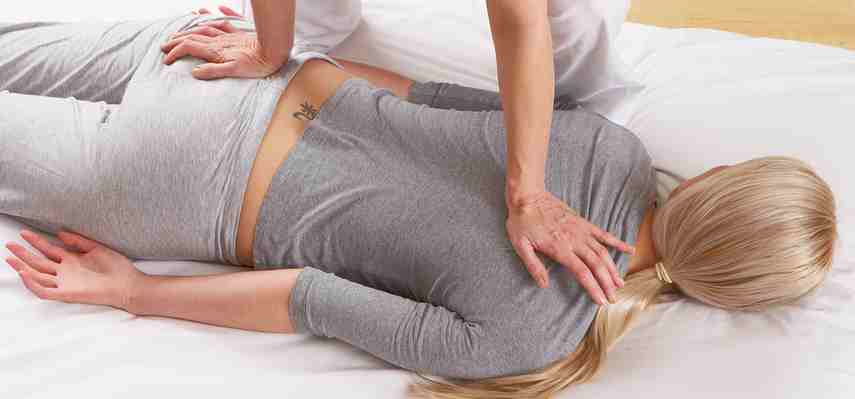
Shiatsu Massage
Shiatsu is much more than just a massage. Tapping into centuries of Chinese medicine, this Japanese healing art treats everything from injuries to general symptoms of ill health.
It is particularly good at treating stress related issues.
What can Shiatsu Massage treat?
- Back and neck pain
- Whiplash
- Joint pain and stiffness
- Depression and low self-esteem
- Sports injuries
- Digestive problems
- Headaches
- Fatigue and burnout
- Menstrual problems
Widely used in medical settings and charities, Shiatsu looks at all the layers of your body: the bones, muscles, energy, spirit, environmental and emotional aspects, so you can generally expect your problems to get better.
What happens in a Shiatsu session?
The classic treatment is given fully clothed on a futon on the floor. If you're not comfortable either prone or side lying, there will be special cushions to support you so that you can relax comfortably. If you can't manage getting down onto the floor, it is also possible to receive your massage on a couch or sitting in a chair. Sessions start gently, often using 'hara' diagnosis, which involves gentle pressures on different areas of your belly to assess the quality of your energy.
Working on so many different layers means that there's a big variety of touch available in Shiatsu - there is something for everyone. The therapist can use their hands, fingers, arms, knees, feet and body to:
- Work the points along the meridians
- Connect with subtle energetic work
- Gently hold
- Do rocking to help the energy move
- Generate more liveliness with vigorous, strong techniques
- Stretch and ease out tension in the joints
All based on what feels good for you.
The effect is deeply relaxing and you may find an improvement in your symptoms immediately or after a few days. As with all massage you can experience healing reactions like headaches or lethargy afterwards, but drinking lots of water and being slow and gentle with yourself will help.
For an acute problem book a series of 3 or 4 weekly sessions, or you can use Shiatsu regularly as part of your health maintenance schedule. For the keen and curious you can learn Shiatsu self-help to manage any symptoms between treatments.
What is Shiatsu Massage for?
There will be many people who are drawn to Shiatsu because they like to get good quality touch AND keep their clothes on. But be prepared for some close body contact; the stretches often involve support and body weight that might feel intimate if you are unused to it.
Who is Shiatsu Massage not for?
There are Shiatsu practitioners trained in nearly every area of health; fertility, pregnancy, babies, addiction, palliative care and disabilities, so it can be used on practically everyone. Like any massage therapy, it's the energy of the practitioner that you will like or dislike. Go with your gut reactions and find a practitioner that you can connect with.
How does Shiatsu Massage work?
Your body's health is described in terms of how the Chi (energy) flows through the meridians in your body. Blockages may turn into symptoms of physical or emotional ill health and the aim is to help these blocks release so that your body's ability to heal is strengthened. As this is Chinese medicine, if you ask for a diagnosis, it might be explained in terms of a water energy imbalance, or yin deficiency. Remember not to expect a Western perspective.
History
In the 6th Century, Chinese medicine, which included massage, was taken to Japan from China. After centuries of refinement and integration with Western physiology, there is now a proliferation of different styles and you can choose from Zen, Macrobiotic, Healing, Movement and Hara Shiatsu.










